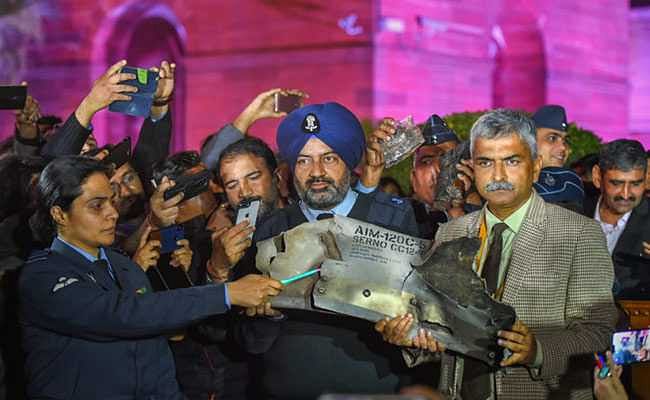New Delhi: To maintain complete secrecy, the Indian Air Force had codenamed the Balakot strike ‘Operation Bandar’, while the Indian Army, which had taken up massive defensive and offensive measures in case Pakistan retaliated, had code named its operation ‘Zafran’.
Operation Bandar, which involved about 5,000 personnel, culminated in 12 Mirage-2000 aircraft crossing into Pakistan-occupied Kashmir and carrying out air strikes in Balakot.
The strike was described by India as an “intelligence-led, non-military, pre-emptive” operation, since it targeted one of the main training centres of the terrorist group Jaish-e-Mohammed.
“The Army was tasked with taking defensive as well as offensive measures in case Pakistan retaliated. The IAF was tasked with carrying out the strike. While the Army codenamed its operation ‘Zafran’, IAF named it ‘Bandar’,” a top officer told ThePrint.
The reasons for naming the operation ‘Bandar’ were not given, but news agency ANI quoted sources as saying that monkeys have “always held a special place in India’s war culture as seen in the epic Ramayana, where Lord Rama’s lieutenant Lord Hanuman quietly sneaked into Lanka and destroyed the entire capital city of the demon Ravana”.
Prime Minister Narendra Modi, in a TV interview during campaigning for the Lok Sabha elections, had drawn a parallel between Lord Hanuman and the operation, saying that while Pakistan was expecting a ground strike, India went in “like Bajrang Bali”.
Planning the operation
Sources said both the IAF and the Army were tasked separately with the operations after the Pulwama terror attack took place on 14 February.
The decision to go in for an air strike was made within a week, and on 26 February, the IAF’s Mirage-2000 fighter jets took off from airbases before dawn, crossed the Line of Control in Jammu and Kashmir, and targeted the Jaish-e-Mohammed terror camp in Balakot with precision guided missiles.
The IAF relied on Israeli SPICE-2000 bombs to carry out the attack. Satellite images accessed by ThePrint showed that the bombs penetrated the rooftops of the building.
The strike pushed Delhi and Islamabad to the brink of an armed conflict. The Pakistan Air Force attempted retaliatory strikes the next day, which led to the first dogfight between Indian and Pakistani fighter jets since the 1971 war.
While one Indian MiG-21 Bison was shot down, Pakistan also lost a fighter.
Wing Commander Abhinandan Varthaman, the pilot of the downed MiG-21, was captured by Pakistan, but was released two days later — a development that calmed tensions between the countries.
Also read: Suspended OSINT handles back on Twitter, trash claims they exposed IAF during Balakot




Wanar sena!!!!!
Wanar sena